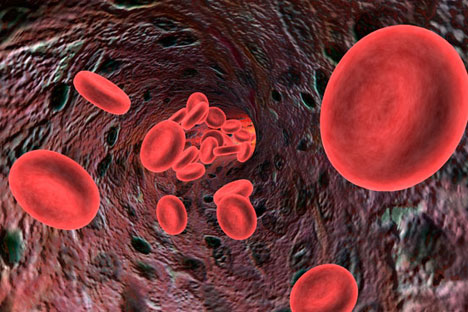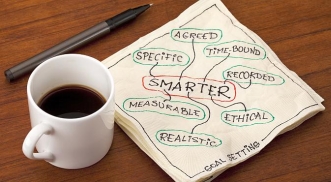Innovation by Russian scientists will help ease cancer treatment

CytoDel reduces the toxicity of medications and increases the therapeutic effect of cancer treatment. Source: Getty Images / Fotobank
Chemotherapy – one of the main methods for treating cancer patients – is hard for many patients to get through and often has adverse health effects. Young Russian scientists at InErPharm are ready to offer a breakthrough solution: their in-house development CytoDel reduces the toxicity of medications and increases the therapeutic effect of treatment.
Related:
Siberian scientists test G5 anti-aging pills
Medicine of the future: Limitless possibilities
US pharmaceutical giant ready to invest $500 million in Russia
“CytoDel is a device that draws blood, isolates erythrocytes, injects them in an anticancer agent and returns them back to the blood flow. In other words, erythrocytes act as carriers of medications,” says InErPharm director biophysicist Nikolai Ivanov.
The procedure takes 90 minutes. After that, the patient is injected with their own blood containing erythrocytes and the anticancer agent. Treated red blood cells tend to discharge medication for longer periods of time, thus enabling physicians to avoid peak doses of the drug while keeping its concentration at a level required for therapeutic effect. Furthermore, this method requires fewer injections of chemical agents.
InErPharm is a relatively young company, being registered on 9 January 2012 and beginning full-scale operations in May of that year. The InErPharm team is comprised of six graduates of Moscow universities led by professor Fazly Ataullakhanov. InErPharm is looking to apply for Skolkovo residency soon.
“The idea of using red blood cells as carriers of physiologically active substances is by no means new. The first research papers exploring this possibility date back to the 1950s and were originally written by western scientists. In vivo tests were performed on mice and dogs mostly for scientific purposes. The laboratory run by our research advisor Fazly Ataullakhanov enabled us to perform the first tests on humans, and they showed good results,” says Nikolai Ivanov.
The test was performed on high-risk cancer patients with stage III and IV cancer and unresponsive to standard chemotherapy. In most cases, the test showed an absence of tachycardia, cardiotoxicity and myelosuppression – the principle side effects of chemotherapy. In some cases, physicians reported a marked decline in those side effects and remission. “The physicians noted that the patients did indeed feel better,” Ivanov says.
The device has not been tested in pre-clinical or clinical studies yet, but the InErPharm team has already won awards in some major business project competitions, including Startup Village 2013, organised by the Russian Skolkovo Innovation Center, and two competitions held by the Russian Venture Company: BIT-2012 and HSE{10K}-2012. It was also one of the eight finalists of the 2012 Intel Global Challenge at UC Berkeley. The project is backed by the Fund for Assistance to Small Innovative Enterprises in Science and Technology.
Two more companies – France’s ErytechPHARMA and Italy’s EryDel – are currently promoting the technology of using red blood cells as carriers of physiologically active substances in the world market. The former was established about 12 years ago and has just entered the US market for the treatment of pancreatic cancer and leukemia.
The InErPharm researchers hope that their solution will interest their western counterparts. It is planned that the device will primarily target lung cancer treatment. It will take at least three or four years for InErPharm to start marketing the device.
All rights reserved by Rossiyskaya Gazeta.
Subscribe
to our newsletter!
Get the week's best stories straight to your inbox
